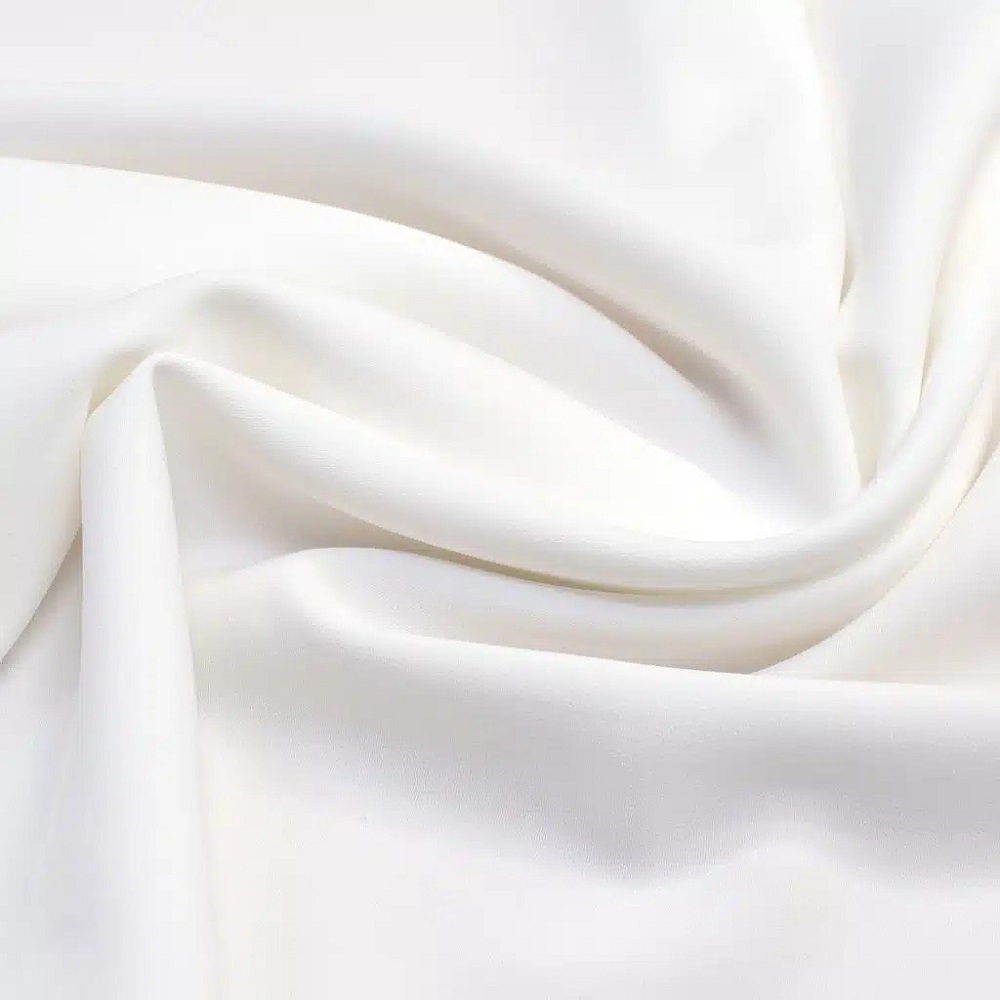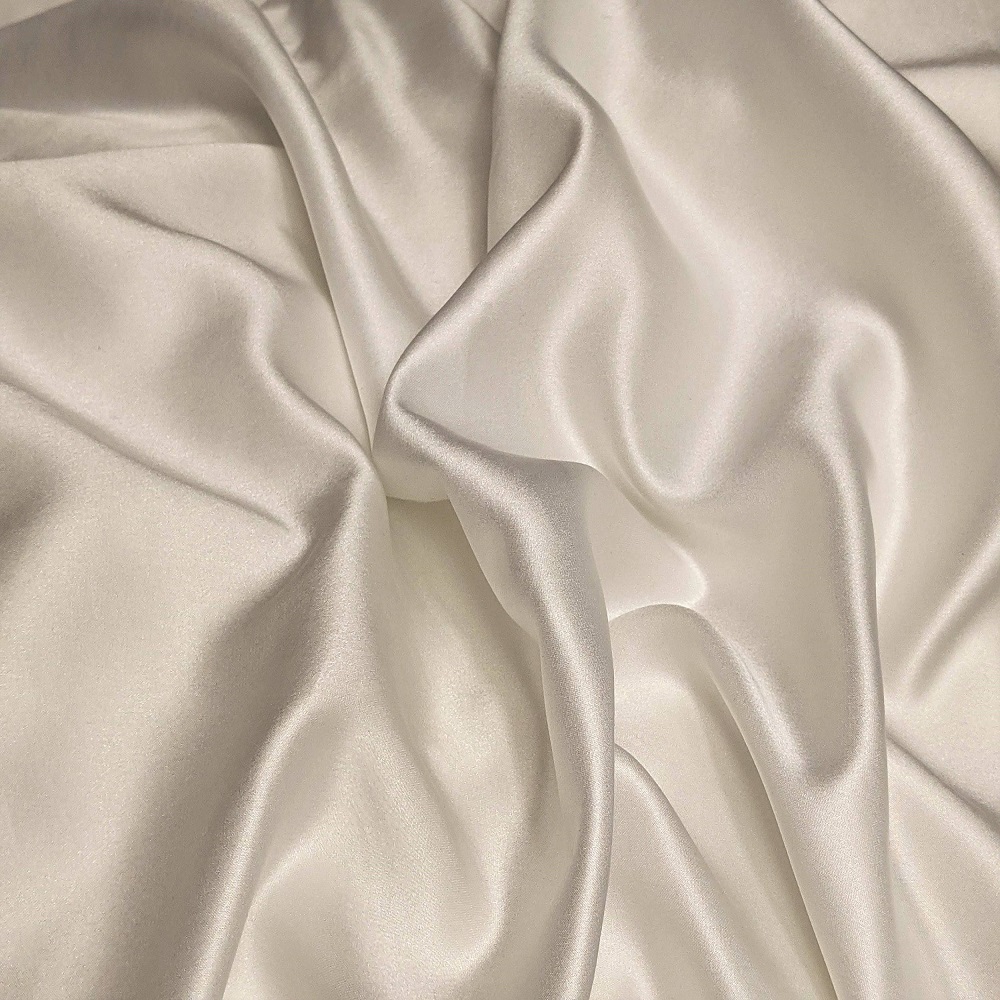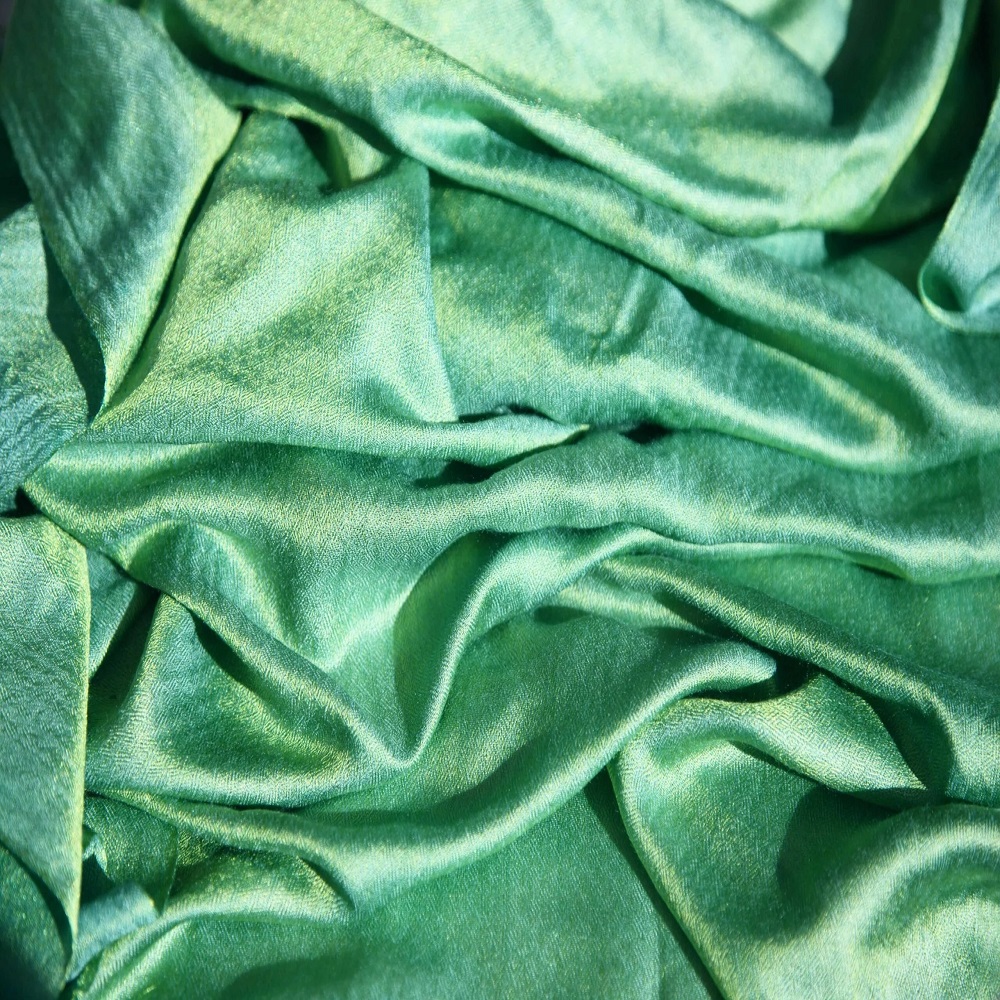Introduction to Modal Fabric and Cotton
Modal fabric and cotton are two popular materials in the textile industry. Knowledge about each is essential for consumers and designers alike. Modal fabric is a type of rayon, often celebrated for its softness and smoothness. It comes from beech trees’ cellulose and stands out in the soft-textile market. Cotton, on the other hand, is a natural fiber known for its versatility and comfort. Cotton has been a staple in wardrobe and home textiles for centuries. It derives from the cotton plant’s fluffy bolls and offers breathability that is hard to match.
When comparing modal fabric vs cotton, there are key aspects to consider. These include texture, durability, environmental impact, and care needs. Often, modal is prized for its luxurious feel and draping quality. Cotton is favored for its all-natural origin and widespread use in a variety of products. As we explore both fabrics, we will dive into their distinct characteristics and how they serve different needs in the world of textiles.
Key Differences Between Modal Fabric and Cotton
When comparing modal fabric vs cotton, significant differences emerge that influence consumer choice:
- Texture: Modal fabric boasts a silky texture and a smooth finish. This quality makes it a favorite for close-to-skin garments. Cotton, while also soft, provides a more natural and crisp feel that many find comforting.
- Breathability: Cotton’s breathability is superior, making it ideal for hot climates and sweat-prone activities. Modal, while breathable, does not quite match cotton’s airy nature.
- Moisture Absorption: Cotton is highly absorbent, swiftly wicking away moisture from the body. Modal is also absorbent but tends to retain moisture slightly longer than cotton.
- Durability: When it comes to strength, modal fibers have an advantage. They resist pilling and maintain their shape over time better than cotton.
- Shrinkage: Modal is less prone to shrinkage compared to cotton, which can shrink significantly if not cared for properly.
- Environmental Sustainability: The production of modal fabric is often touted as more eco-friendly due to its closed-loop process. Cotton farming, conversely, generally requires more water and pesticides.
- Care Requirements: Modal fabrics usually demand less care and are easier to handle during washing and drying. Cotton can require more attention to avoid issues like shrinkage and fading.
These factors are the backbone of the modal fabric vs cotton debate. They help consumers and designers to decide which material is best suited to their needs, whether that’s for clothing, bedding, or other textile applications.
The Production Process of Modal Fabric and Cotton
Modal Fabric Production
The production of modal fabric begins with harvested beech trees. The cellulose from these trees is processed into pulp. This pulp then undergoes a spinning process to create modal fibers. The closed-loop process that modal uses, recycles water and reuses the chemicals, reducing environmental impact. Special chemicals, like sodium hydroxide, are used to break down the cellulose. After spinning, the fibers are woven into the soft, luxurious fabric known for its silky texture.
Cotton Fabric Production
Cotton production is more straightforward but often more resource-intensive. It starts with the planting and harvesting of cotton plants. Once harvested, the cotton bolls are cleaned and prepared to remove seeds and impurities. The fibers are then carded, combed, and spun into yarn. Cotton has a more open-loop process, often leading to more water consumption and a larger ecological footprint. Unlike modal, the production of cotton involves significant water use during the growth of cotton plants and in the dyeing and finishing of the fabric itself.

Comfort and Wearability: Modal Fabric vs Cotton
When deciding between modal fabric and cotton, comfort and wearability are crucial factors. Each material offers unique benefits that cater to different preferences and uses.
- Softness and Smoothness: Modal stands out for its exceptional softness. It feels silky against the skin, which appeals for undergarments, leggings, and shirts. Cotton, while soft, has a more textured feel.
- Stretch and Fit: Modal fabric stretches well and can cling to the body, offering a figure-flattering fit. Cotton is less stretchy but is often appreciated for its sturdy and secure fit.
- Temperature Regulation: Cotton excels in keeping the body cool and is preferable in warm weather or for people who tend to overheat. Modal also regulates temperature well but cotton has the upper edge in this category.
- Hypoallergenic Qualities: For sensitive skin, cotton is the go-to because it’s less likely to cause allergies. Modal is generally hypoallergenic too, but cotton is widely trusted for its natural hypoallergenic properties.
In the battle of modal fabric vs cotton, your choice may hinge on personal preference. If you seek a sleek and smooth texture, modal might be your preference. If you prioritize breathability and a classic feel, cotton could be the better choice. Both fabrics have their own set of advantages that meet different comfort and wearability needs in the textile world.
Environmental Impact: A Comparative Analysis
In discussing modal fabric vs cotton, the environmental footprint is a critical aspect. Both textiles come with their own sets of environmental considerations.
- Water Usage: Cotton’s water consumption is significant during its growth phase. Modal’s production, though, utilizes less water due to the closed-loop system.
- Chemical Use: Growing cotton often involves pesticides and fertilizers, impacting ecosystems. Modal uses chemicals in processing, but they are frequently recycled in its production.
- Land Use: Cotton cultivation requires large areas which may lead to deforestation or loss of biodiversity. Modal fabric, sourced from beech trees, is said to have a lesser impact on land use.
- Carbon Footprint: The processing of modal fibers can be more energy-efficient than cotton. However, the entire lifecycle needs consideration for a full carbon footprint analysis.
- Biodegradability: Cotton is naturally biodegradable. Modal, while also biodegradable, may take longer to break down due to its chemical processing.
- Sustainability Initiatives: There are eco-friendly options for both textiles. Organic cotton reduces environmental harm. Similarly, modal produced sustainably with certifications carries a reduced ecological burden.
When choosing between modal fabric and cotton based on environmental impact, several factors come into play. Modal fabric tends to have a more eco-friendly manufacturing process. Cotton’s natural origins are a benefit, though its traditional farming methods can be resource-heavy. Consumers seeking green options can opt for organically grown cotton or sustainably produced modal.

Care and Maintenance of Modal and Cotton Textiles
Proper care can extend the life of textile products. When caring for modal fabric and cotton, you should consider the following points:
- Washing Modal: Modal textiles can be machine washed. Use cold water and select a gentle cycle. Avoid using bleach, which can damage the fabric’s fibers. Always check the garment’s care label for specific instructions.
- Drying Modal: Tumble dry modal on a low heat setting. To prevent wrinkles, remove from the dryer while slightly damp. If needed, use a cool iron to smooth out any creases.
- Washing Cotton: Cotton can generally withstand machine washing. Hot water can be used for white cotton to maintain brightness. However, colorful cotton should be washed in cold water to prevent fading.
- Drying Cotton: Cotton can be air-dried or tumble dried. If tumble drying, use a moderate heat setting to reduce shrinkage. Remove from the dryer promptly to minimize wrinkles.
- Stain Removal: Both modal and cotton can release stains easily. Pre-treat any stains before washing for the best results. Natural stain removal methods like baking soda or lemon juice can be effective.
- Storage: Store both modal and cotton textiles in cool, dry places. Avoid plastic bags, as these can trap moisture and cause mildew.
By paying attention to the care and maintenance of modal and cotton textiles, you can keep your fabrics in top condition. Whether you prefer the silky touch of modal or the classic comfort of cotton, proper upkeep will ensure longevity and sustained quality of your textiles.
Cost-effectiveness and Durability
In evaluating modal fabric vs cotton from a cost perspective, both show unique benefits. Modal tends to be more expensive upfront due to its production process. Yet its durability often means fewer replacements over time. Cotton is usually less costly initially, making it a popular budget-friendly option.
- Initial Cost: Cotton generally has a lower initial price point than modal. It is widely available and utilized in a range of products.
- Long-Term Value: Modal, while more expensive, may offer better long-term value. Its resistance to pilling and ability to maintain shape can lead to reduced replacement costs.
- Wear and Tear: Cotton can endure a lot of wear but may show signs of age quicker than modal. Modal’s strong fibers contribute to a longer-lasting fabric.
- Cost Over Time: Considering the longevity of modal, its cost over time can be lower. You might save money with modal due to less frequent purchases.
Durability is another key factor when comparing modal and cotton. The strength of a textile not only affects its lifespan but also determines its suitability for different uses.
- Fabric Strength: Modal fibers are known for their strength, which makes modal durable and less prone to damage.
- Maintenance: Given that modal fabric requires less care, it may retain its quality over time with less effort and expense.
- Lifespan: Both fabrics can last a long time with proper care. Modal’s composition, however, gives it a potentially longer lifespan.
Ultimately, the cost-effectiveness and durability of modal fabric vs cotton depend on individual needs and preferences. If initial cost is a concern, cotton may be the best choice. For those looking at long-term use and durability, modal could prove more economical. Each fabric brings its own set of advantages to the table, offering options for all kinds of consumers.

Popular Uses in Fashion and Home Textiles
When investigating modal fabric vs cotton, it’s important to delve into their popular uses in fashion and home textiles.
- Fashion Industry: Modal’s silky, draping quality makes it a premium choice for lingerie, activewear, and luxury garments. Its ability to hold dye well leads to vibrant clothing colors. Cotton is a favorite for everyday apparel like jeans, t-shirts, and dresses, owing to its comfort and durability.
- Home Textiles: Modal is used in bedding, particularly for its softness and luster, making it comfortable for sheets and pillowcases. Cotton finds its strength in towels and upholstery due to its absorbency and sturdiness.
- Versatility in Blends: Both modal and cotton are often blended with other fibers to enhance their properties. Modal can be mixed with cotton to boost softness in a fabric, whereas cotton may be blended with synthetic fibers to improve elasticity.
- Children’s Wear: Cotton’s hypoallergenic nature makes it safe for children’s clothing and blankets. Modal is also used for its soft touch and hypoallergenic properties, though cotton remains a traditional choice.
- Specialty Clothing: Due to its breathability and comfort, cotton is used in medical uniforms and sleepwear. Modal’s sleek texture has made it popular for eco-friendly fashion lines and performance attire.
Each textile has carved out a niche role in various products, influenced by their unique characteristics and consumer demand. Whether for a high-end fashion item or daily home use, modal fabric and cotton continue to be versatile choices.
